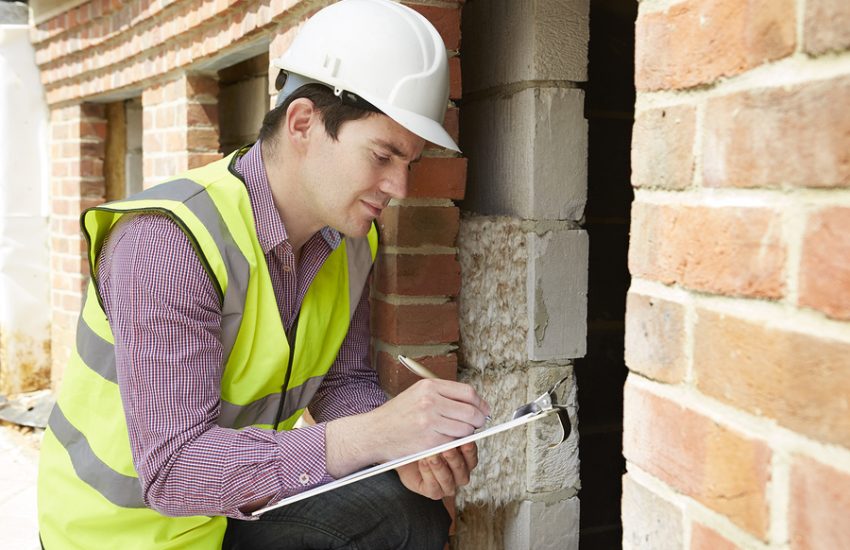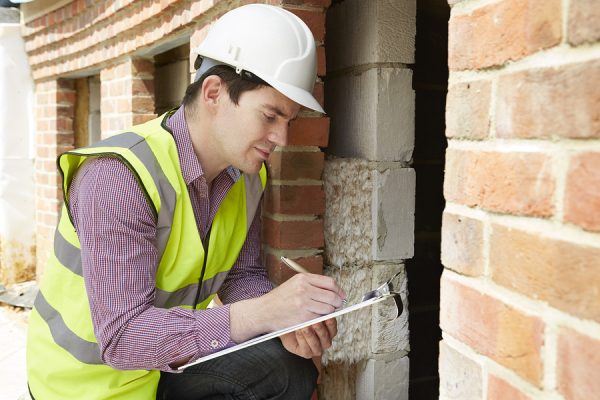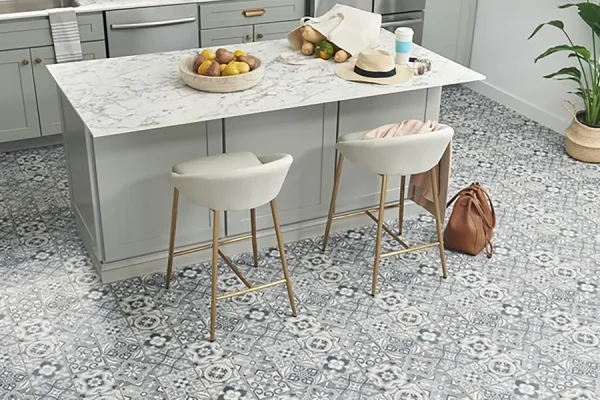How Inground Pool Costs Vary by Material: Concrete vs. Fiberglass vs. Vinyl
The kind of material utilized is one of the most important things to think about when creating an inground pool. The material selection has a significant impact on the pool’s overall durability and attractiveness, as well as its overall cost. Concrete, fiberglass, and vinyl are the three materials used for inground pools the most frequently. Every one of these choices has a different price range and will have a different effect on your pool budget.
Concrete Swimming Pools: The Capital Expense
Concrete pools are more expensive yet associated with luxury and customization. Depending on size, design complexity, and features like lighting and landscaping, a concrete pool’s initial construction can cost $50,000 to $100,000. Concrete pools are sturdy, adaptable, and allow for unique designs and sizes, but they cost more to maintain. Resurfacing may be needed every 10–15 years.
Fiberglass Swimming Pools: A Moderate Choice
Fiberglass pools are cheaper than concrete pools, with installation cost of inground pool. Because these pools are built in various sizes and designs, installation labor is considerably reduced. Since fiberglass pools produce less algae and require fewer chemicals, they require less maintenance than concrete pools. Fiberglass pools can last 25 years or more without much upkeep, making them a good budget choice.
Vinyl Swimming Pools: An Affordable Option
If you’re looking for something cheap, vinyl pools typically cost $25,000 to $50,000. They are less customizable than concrete or fiberglass pools. Replacement of the vinyl pool liner every five to ten years raises long-term maintenance expenditures. Vinyl pools are affordable for many homeowners, especially those on a budget, despite these ongoing costs.
Effect on the Total Budget
When choosing an inground pool material, consider installation and lifespan costs. Concrete pools may seem expensive, but their endurance can save money. Similar to this, vinyl pools are cheaper to install, but regular liner changes may raise costs. Due of its mid-range pricing and modest upkeep, fiberglass often balances initial investment and long-term costs.
Extra Things to Think About
Installation issues, site preparation, and regional pricing affect the budget in addition to material costs. Permits, utilities, and landscaping must be included to calculate the entire cost. Speaking with local pool contractors may help you create a budget that fits your needs.
Conclusion
When choosing between concrete, fiberglass, and vinyl for an inground pool, you should ultimately take your lifestyle and personal preferences into account in addition to the initial and recurring costs. The perfect pool material for you will support you in creating the backyard retreat of your dreams by matching your care requirements, budget, and aesthetic preferences. Homeowners can meet their long-term needs by making informed judgments based on their understanding of how expenses vary by material.








